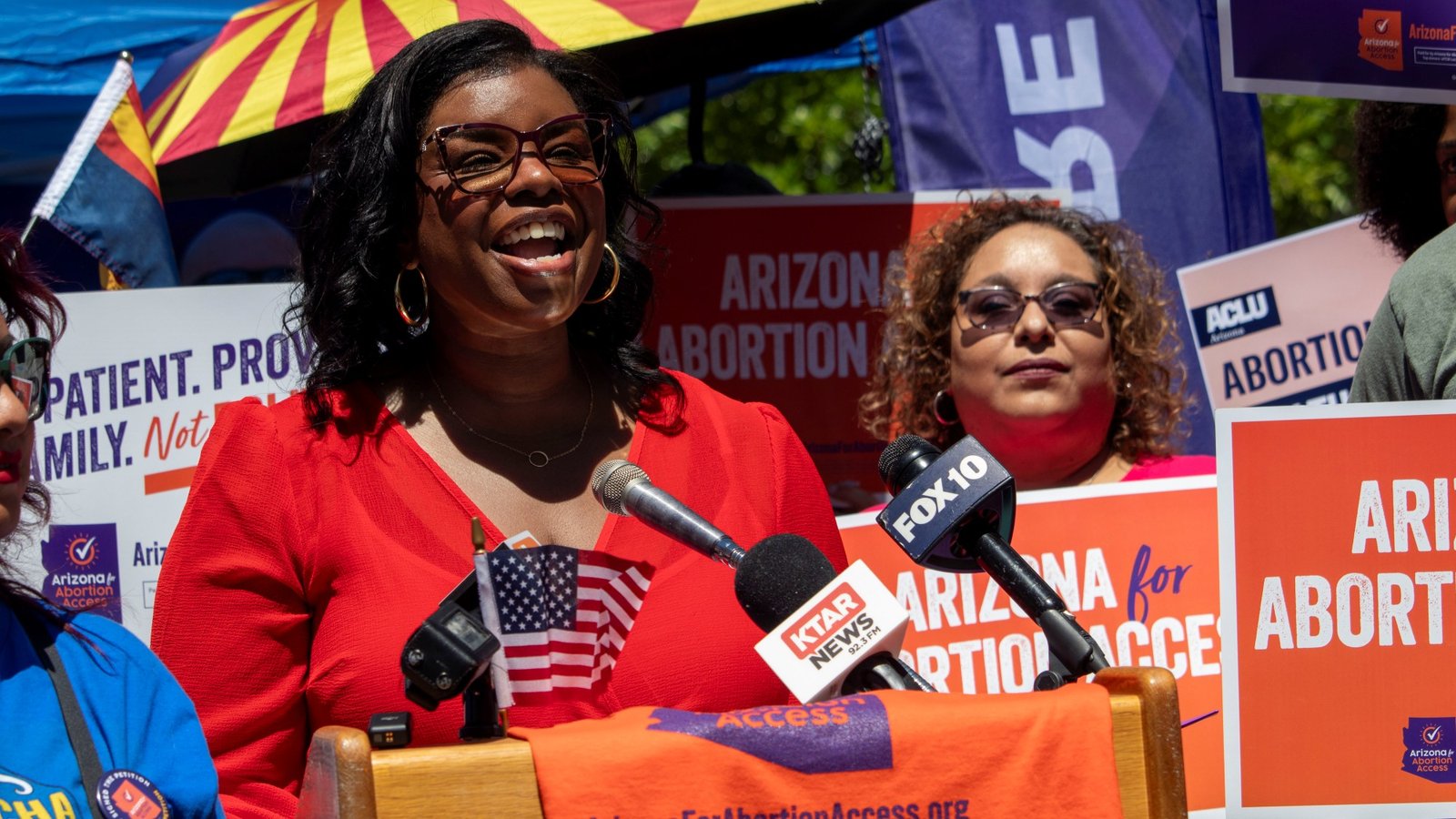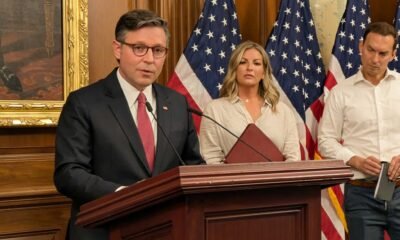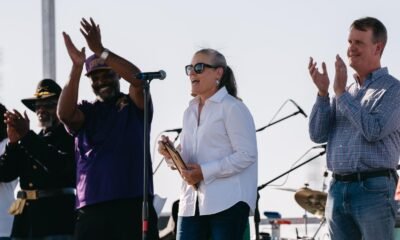abortion access
Leaders of the Abortion-Rights Ballot Movement Make Waves

Abortion rights are becoming a pivotal issue ahead of upcoming elections, with measures directly addressing the topic on ballots in ten states across the U.S. While Maryland and New York present legislator-drafted questions, most initiatives stem from grassroots efforts led by determined citizens dedicated to securing reproductive rights.
The momentum for these citizen-led initiatives gained traction following a significant defeat for anti-abortion measures in Kansas in August 2022. This backlash occurred shortly after the U.S. Supreme Court’s ruling in Dobbs v. Jackson Women’s Health Organization, which effectively dismantled nearly half a century of federal abortion protections.
In the 2022 midterm elections, proposals aimed at tightening abortion restrictions faltered in states like Montana and Kentucky. In stark contrast, reproductive rights referendums flourished in California, Michigan, and Vermont. Advocates label these restrictions as encroachments on personal freedoms, citing numerous polls indicating that the majority of Americans support abortion access in many circumstances.
Following Ohio’s successful reproductive rights initiative last November, similar coalitions emerged across the nation. However, only one citizen-led effort in Arkansas fell short; the state Supreme Court upheld a decision to invalidate thousands of signatures due to technical errors.
This summer, millions of Americans will have the opportunity to weigh in on proposed amendments aimed at protecting abortion rights. Interviews conducted by States Newsroom highlighted diverse advocates rallying for this cause, ranging from a father of five in South Dakota to a doula in Nebraska. Despite their different backgrounds, these individuals share a unified goal: enhancing abortion access in a changed legal landscape.
Dr. Dina Epstein, an OB-GYN in Arkansas, was part of a large coalition of healthcare professionals promoting an amendment that ultimately faced state-level opposition. She remarked on the surprising support from conservative community members, who expressed concern about government involvement in personal medical decisions.
In Arizona, Chris Love from Arizona for Abortion Access highlighted the confusion stemming from conflicting abortion laws, including a ban and a near-total prohibition that date back to the Civil War era. “The confusion was obviously the point,” Love stated.
Dusti Gurule, a leader in Colorado’s abortion-access amendment campaign, countered stereotypes about the Latinx community’s stance on reproductive rights. She asserted that not all Latinos align with anti-abortion views, challenging misconceptions around their beliefs.
Natasha Sutherland, part of the Floridians Protecting Freedom campaign, emphasized the urgency of making abortion protections available, particularly for young women who may be voting for the first time. “If it doesn’t pass, they may be facing menopause by the time there are any protections in place,” she noted.
Dr. Iman Alsaden, chief medical officer at Planned Parenthood Great Plains, articulated the toll that restrictive laws and harmful rhetoric can take on both healthcare providers and patients. With experience in high-restriction areas, Alsaden highlighted the critical need for supportive policies.
Kiersten Iwai, head of Forward Montana, warned that residents shouldn’t take their reproductive rights for granted. Her organization, which targets youth and college campuses, aims to galvanize support among younger generations who may not fully grasp the stakes of current legislative battles.
Jasmine Smith, a doula from Nebraska, expressed her commitment to fighting for reproductive rights, underscoring the importance of bodily autonomy. Her campaign seeks to overturn a 12-week ban and secure constitutional protections for abortion in her state.
Even in Nevada, where abortion access is currently protected, advocates led by Lindsey Harmon are strategically pushing for continued safeguards amidst a landscape marked by uncertainty. Her acknowledgment of Nevada’s battleground status further illustrates the significance of maintaining access.
Rick Weiland, a father and the leader of Dakotans for Health, is spearheading efforts to reinstate abortion rights in South Dakota. He characterized the actions of lawmakers and anti-abortion groups aiming to thwart this initiative as desperate.


















